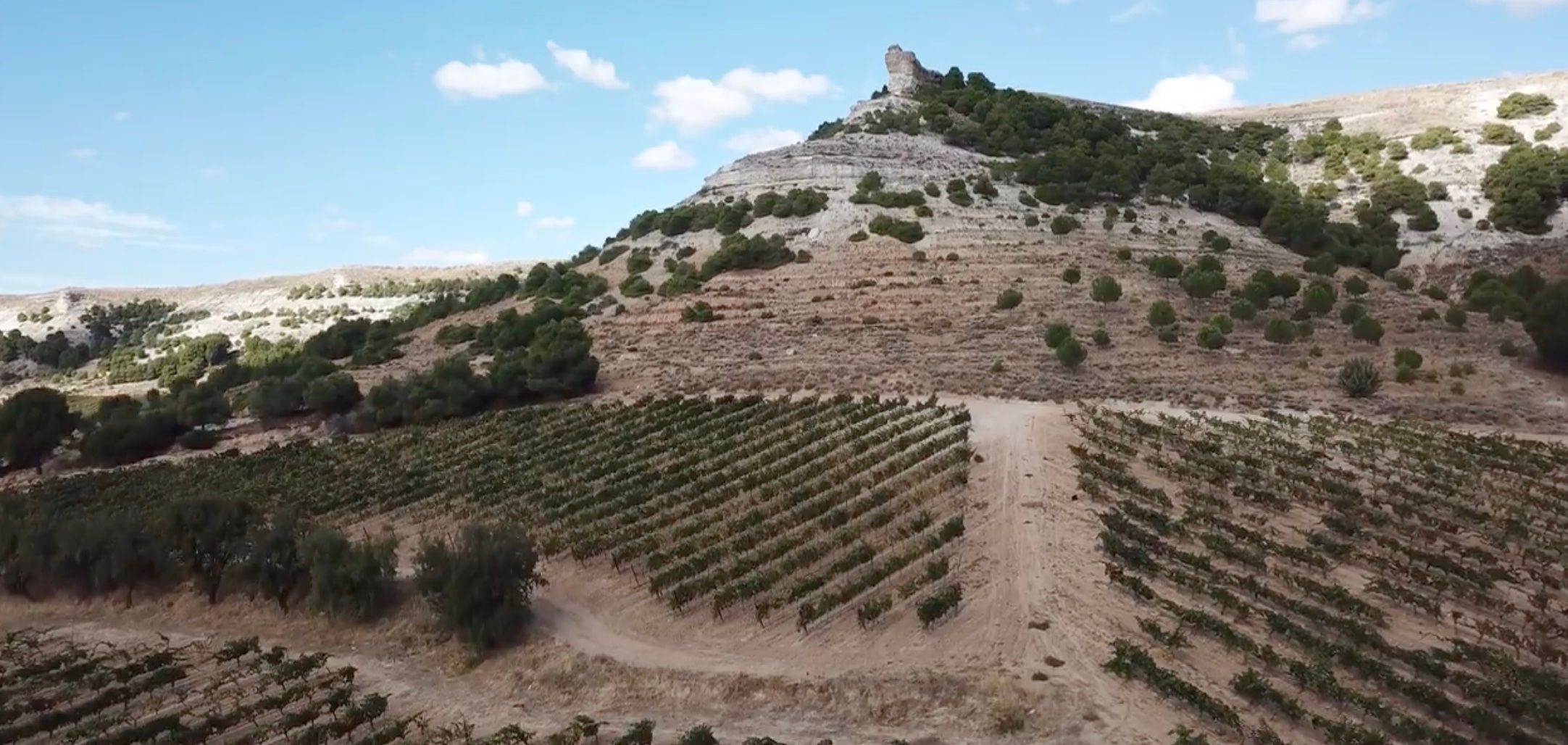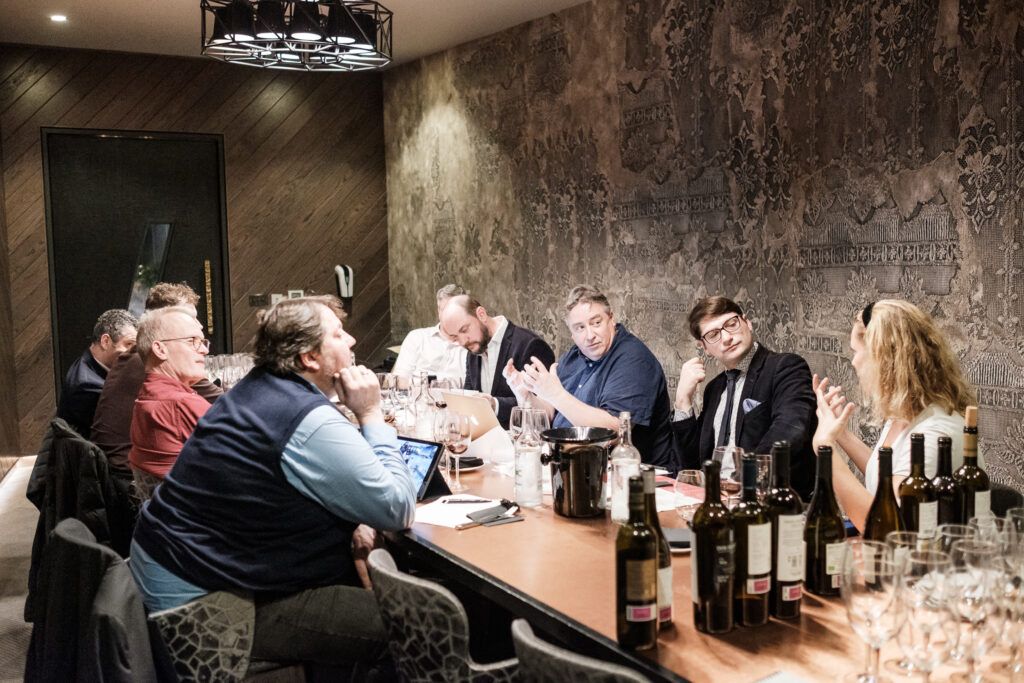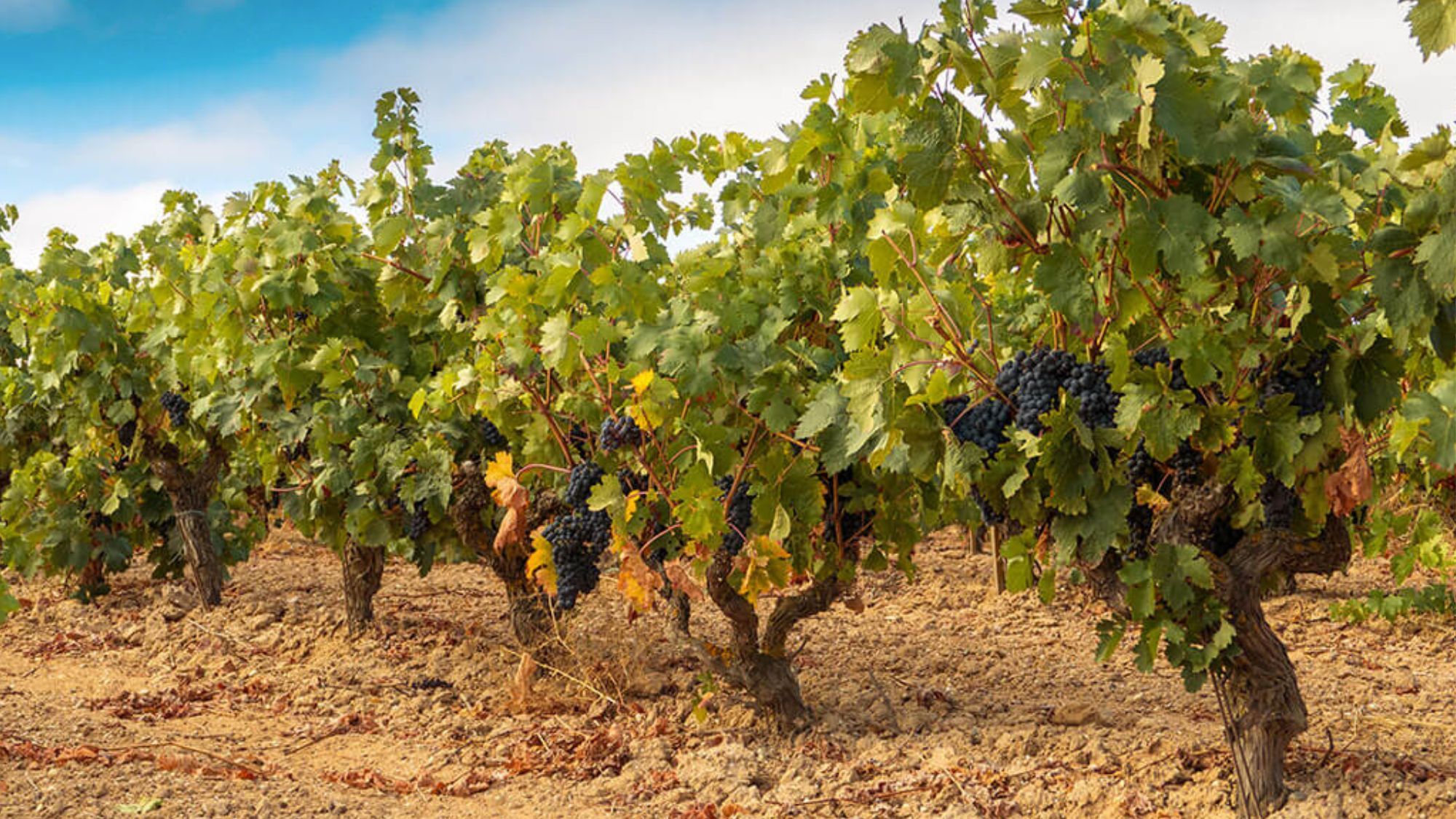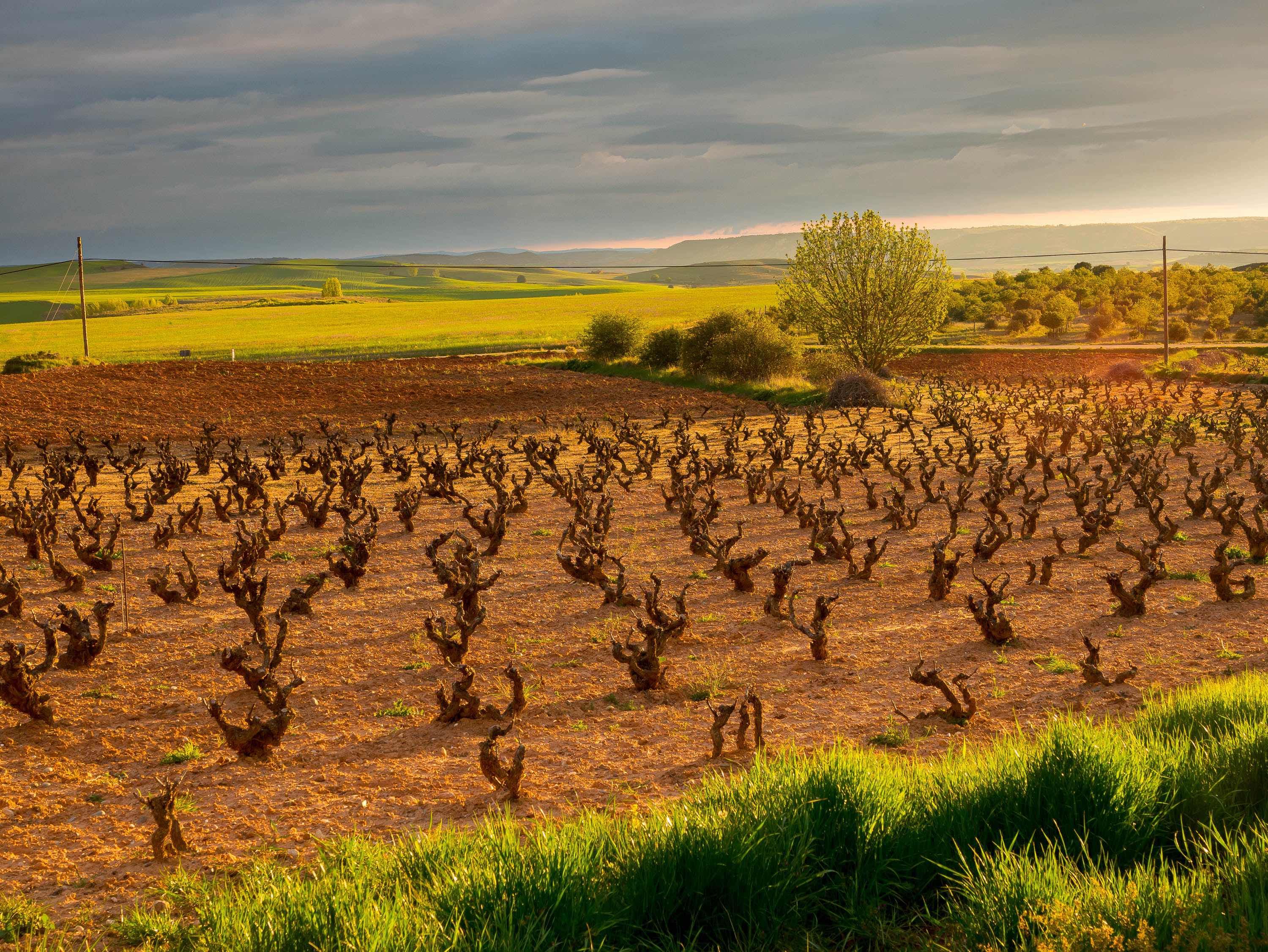I developed an interest in the wines of Ribera del Duero almost three decades ago, in response to the question ‘Rioja or Ribera?’ when ordering by-the-glass at a Madrid tapas bar.At that point, I confess I was only familiar with one of them, so as a contrarian I ordered the other.
You can always chooseboth, of course - and that is largely what happened as I broadened my horizons as a wine collector, buying from both regions, impressed by the value offered by the wines and fearing that my cellar otherwise resembled an homage to Bordeaux.
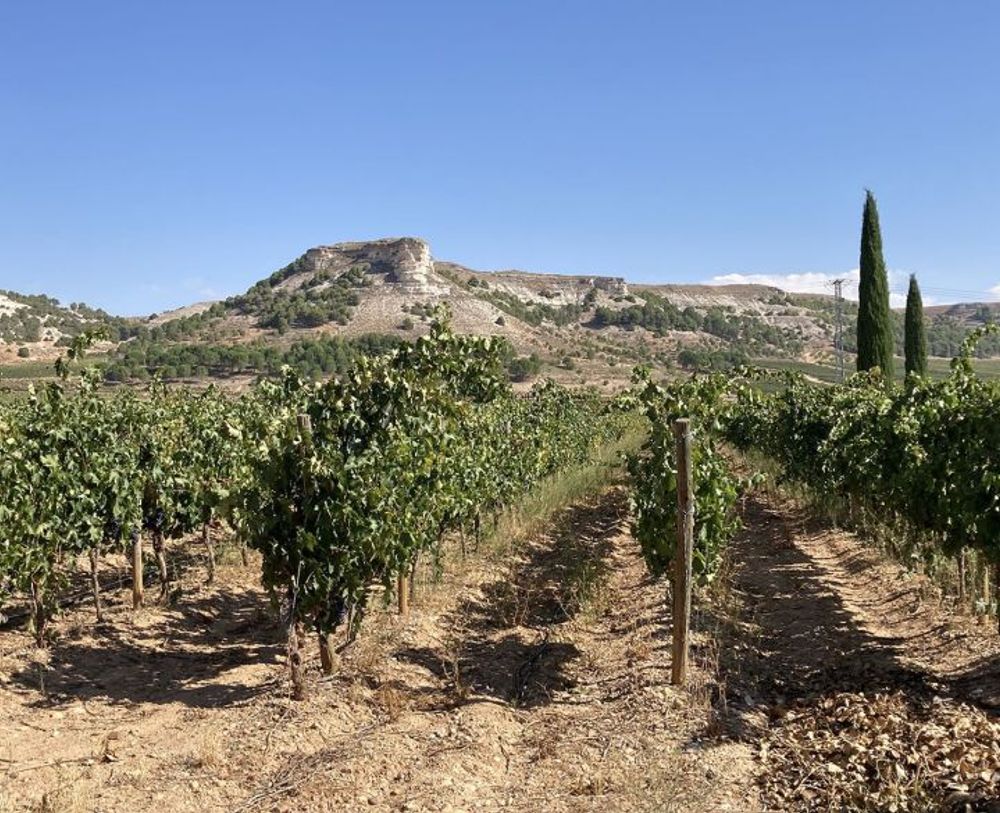
With its big swings in day and night temperatures the Ribera del Duero is increasingly making fresher wines
I suspect it might be a familiar story for fellow wine lovers because despite its long history of small-scale wine production, Ribera del Duero could be described as ‘a New World of the Old World’.It only became a DO (Denominación de Origen) in 1982, when there were just seven wineries.Fast forward 40 years and there are now more than 300, it is well established on the world fine wine map, with a new generation, often inspired by working overseas, bringing about a subtle change in both style and tone.
Heading a couple of hours north on the motorway from Madrid, you’re reminded of the region’s sense of isolation as you enter what resembles a huge canyon.Perversely, though it looks big, encompassing four regions across the province of Castilla y León - Valladolid to the west, Burgos in the north, Segovia south and Soria to the east - Ribera del Duero is actually smaller than you might imagine at just under 115 kilometres long and around 35km wide.
With a vineyard area of 27,252 hectares, it is somewhere between a third and half the size of Rioja’s 66,000 ha.
Defining Ribera del Duero
Following the snaking path of the Duero river, which becomes the Douro as it enters Portugal, the region sits on a high-altitude platform, with viticulture ranging from around 720 to 1,100 metres, as the vines march into the surrounding mountains.
There’s plenty of bright sunshine, the air is palpably fresh, and there’s a proper bite to the cold, so the conditions feel more akin to South America than Europe.Though the climate it is harsh, it is also great for growing grapes, of course, thanks to the diurnal range in temperature (the difference between daytime high and nighttime low), and the concentrated sunlight, with UV rays much more powerful at altitude.
More than once on my trip, I found myself drawing parallels with Argentina’s Uco Valley, not least with the new wave of modern, fresher wines being produced.

Spain's frst female Master of Wine Almudena Alberca and an expert on the Ribera del Duero wine region
Who better to introduce me to Ribera del Duero than Almudena Alberca, Spain’s first (and only) female MW, a native of the region who knows it like the back of her hand having crafted wines for some of its top producers.
“Because of the high altitude and the location on a plateau surrounded by mountains we have a long winters and hot summers, here we say 'we have nine months of winter and three months of hell,’ because we can go down to minus 14 degrees and then up to 40 degrees (and) we also have a very big variation between day and night, as much as 25 degrees difference, but the vines are very well adapted to these temperatures,” she reassures me.
Aside from the weather, Ribera del Duero’s soils are key to delivering a point of difference for the region’s wines, with a patchwork of around 30 different soil types, most prominently clay and sand, atop a bedrock of limestone.
Complex soils

Clay soils are a common feature across the region as part of its mixed soils terroir
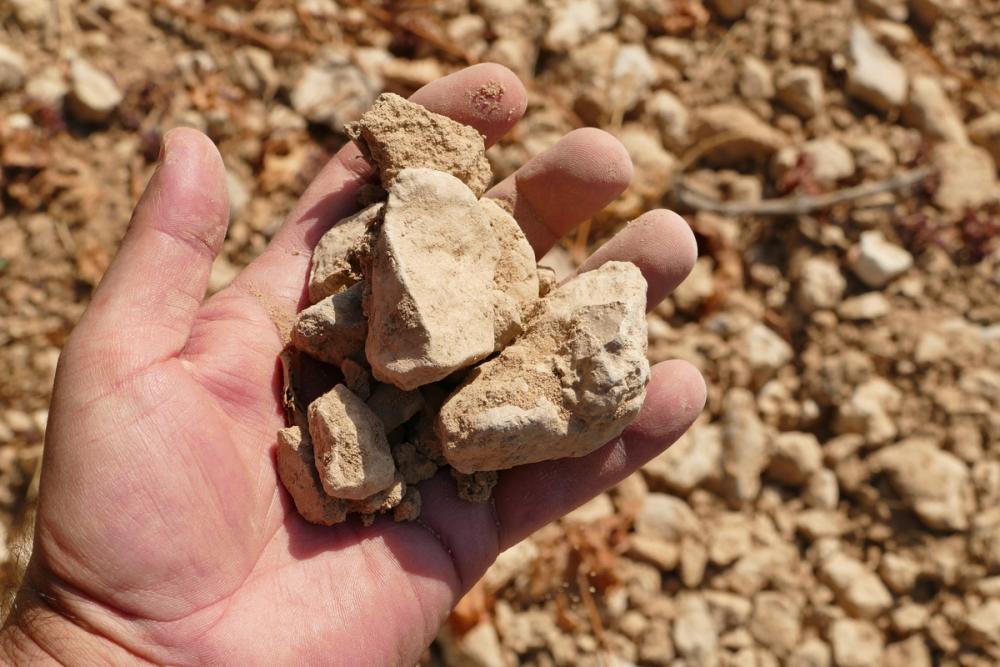
Stony soils are also an important part of the wine region
Such is complexity of the terrain that some areas are yet to be properly understood, while a number of Ribera’s top producers told me they were keen to see a greater focus on a ‘Burgundian’ plot-specific designation, as recently introduced in the rival Rioja region, to highlight the region’s intriguing diversity.
“We are in the best place in the world to grow Tempranillo grapes. It’s unique because all the bedrock is pure limestone and on top we have sandy soils, clay, or a combination of clay and sand, with some river stones or calcareous rocks. There are not many places in the world that have the high concentration of limestone that we have here,” says Alberca.
“The different soils and different exposures within the valley affect the aromas, the flavours and the texture of the tannins, which is why Ribera del Duero is so much fun when you are a winemaker. So sandy soils are going to give more perfumed,lighter bodied wines, clay is going to give us more concentration of red or black fruit, with more weight on the mid palate and tannins, a bit like eating a steak, while limestone is going to be very elegant and refined, perfumed but a little bit more shy. The combination of all of these factors is to produce wines with a lot of ageing potential.”
Tempranillo is not the only variety grown in Ribera del Duero but it enjoys an extraordinary hegemony, accounting for very nearly 96% of the vines planted, though you won’t hear the name very often, as they prefer to call it Tinto Fino or Tinta del País (both synonyms).
“Tempranillo in my opinion could be one of the best varieties in the world, but it is indigenous to Spain and it is here that we will find the greatest diversity. As a winemaker, I can see how Tempranillo is able to express the terroir and it is very versatile, you can make so many styles of fine wine, with a lot of ageing potential,” says Alberca.
The other permitted red varieties are Cabernet Sauvignon, Merlot, Garnacha Tinta and Malbec. Red wines must contain a minimum of 95% authorised varieties and the proportion of Tempranillo must not be less than 75%.Though most producers still deal exclusively with red, or rosé wines, a white variety, Albillo Mayor, represents 1.7% of plantings and is starting to generate serious interest, with the wines exhibiting a delicious textural charm.
Like its old rival Rioja, Ribera del Duero has a classification system based on minimum ageing - 24 months for Crianza, 36 for Reserva and 60 for Gran Reserva, with different rules for whites - but, based on my experience tasting there, some of the most interesting and exciting bottles now fall within the ‘Cosecha’ category, which starts at ‘youthful’ and extends to ‘those wines which do not meet the traditional classification criteria’.
My advice: look out for those fuschia pink ‘Cosecha’ labels, most especially if you know something about the producer.
Old vines and the future
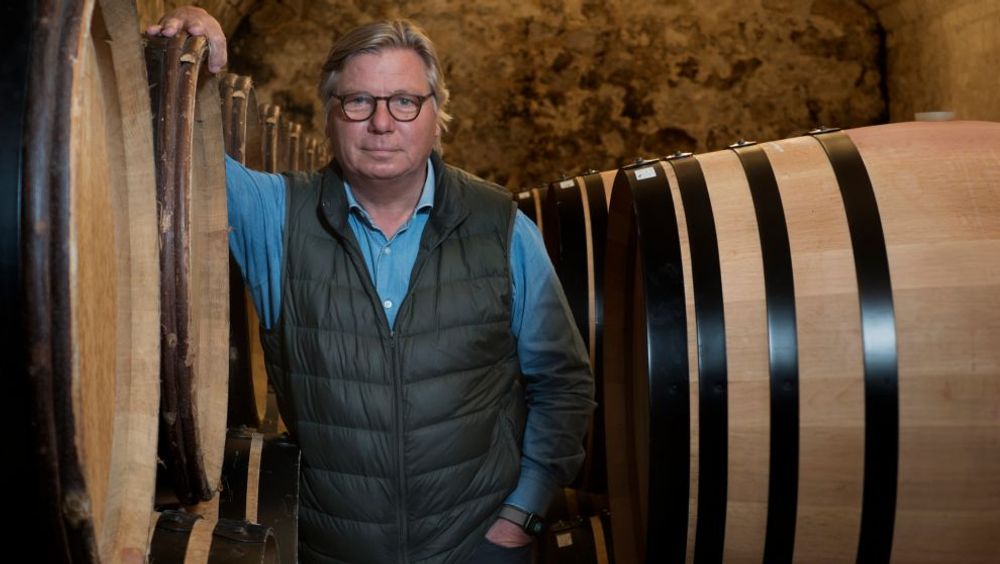
Peter Sisseck has helped elevate Ribera del Duero's status with his Dominio de Pingus
Responsible for arguably the most celebrated, not to mention expensive, wine from Spain, Peter Sisseck, knows more than almost anyone about the terroir that defines Ribera del Duero.Danish-born and Bordeaux-trained, he came to the region, almost by accident, in the early 1990s when it was scarcely known. Established in 1995, Dominio de Pingus, based in Quintanilla de Onésimo, is now globally renowned, having pioneered organic viticulture from the off and farmed biodynamically since the turn of the century.
Pingus is the estate’s highly sought after flagship wine, produced from 100% old-vine Tinto Fino from three parcels in the village of La Horra. Made from extremely low-yielding bush vines and aged in 100% new French oak, the wine offers incredible concentration and poise, as does Flor de Pingus, Sisseck’s impressive second wine, also 100% Tempranillo.
“Purity is probably what I appreciate the most in great Tempranillo: very pure aromas and subtleness of tannins,” he tells me, on a visit to his small, immaculate winery.“It is a grape that can be made in many ways, of course, but truly great Tempranillo is very subtle, so not the big, burly wine that everybody thinks.It can be very beautiful and that’s the expression that I like the most.”
Sisseck is passionate about the preservation of old vines, the inspiration for PSI, a project to support local growers, making their low-yielding heritage vines financially sustainable and delivering a top-flight fine wine in the process.
“PSI is a project I am really very proud of because it is really a way of trying to give something back to a region. Here in Ribera, we still have around 2,000 hectares of older vines (but) it’s also a fact that a lot of the people who own these vines are very old and cannot do the work, so we are starting now to buy vineyards in order to save them. It’s not just to do with age, the very fact that a vineyard has survived is a pretty good indicator that it’s a good site,” he says.

Tim Atkin MW will be sharing his best of Ribera del Duero at a special London tasting on November 20
Previewing his 2024 Ribera del Duero Selection tasting, Tim Atkin MW told The Buyer that he believes the region is “in an exciting place right now … producing the most diverse and, I think, the most terroir-focused wines in its history, at least at the top end”.
Sisseck clearly believes there’s still plenty of work to be done, not least safeguarding old vines and formally recognising the region’s most significant plots, but he also shares Atkin’s sense of optimism:"My gut feeling is that we are evolving. The great thing is that a lot of the young kids have been working abroad, they can speak languages, they have contacts with other winemakers outside Ribera, they see new wines being made in other areas, so they are much more open and I am sure that’s what going to make this area much more resilient.”
Tim Atkin MW Ribera del Duero Selection
When: November 20 2024.
Where: Carlton House Terrace, London, SW1Y 5AH.
Time: 12pm – 5pm.
Join Tim Atkin MW and Pablo Baquera from the Consejo Regulador de Vinos de Ribera del Duero at 2pm for a one-hour briefing focusing on the latest vintages and trends, and Atkin's overall thoughts on his recent visit and the progress the region has made.
